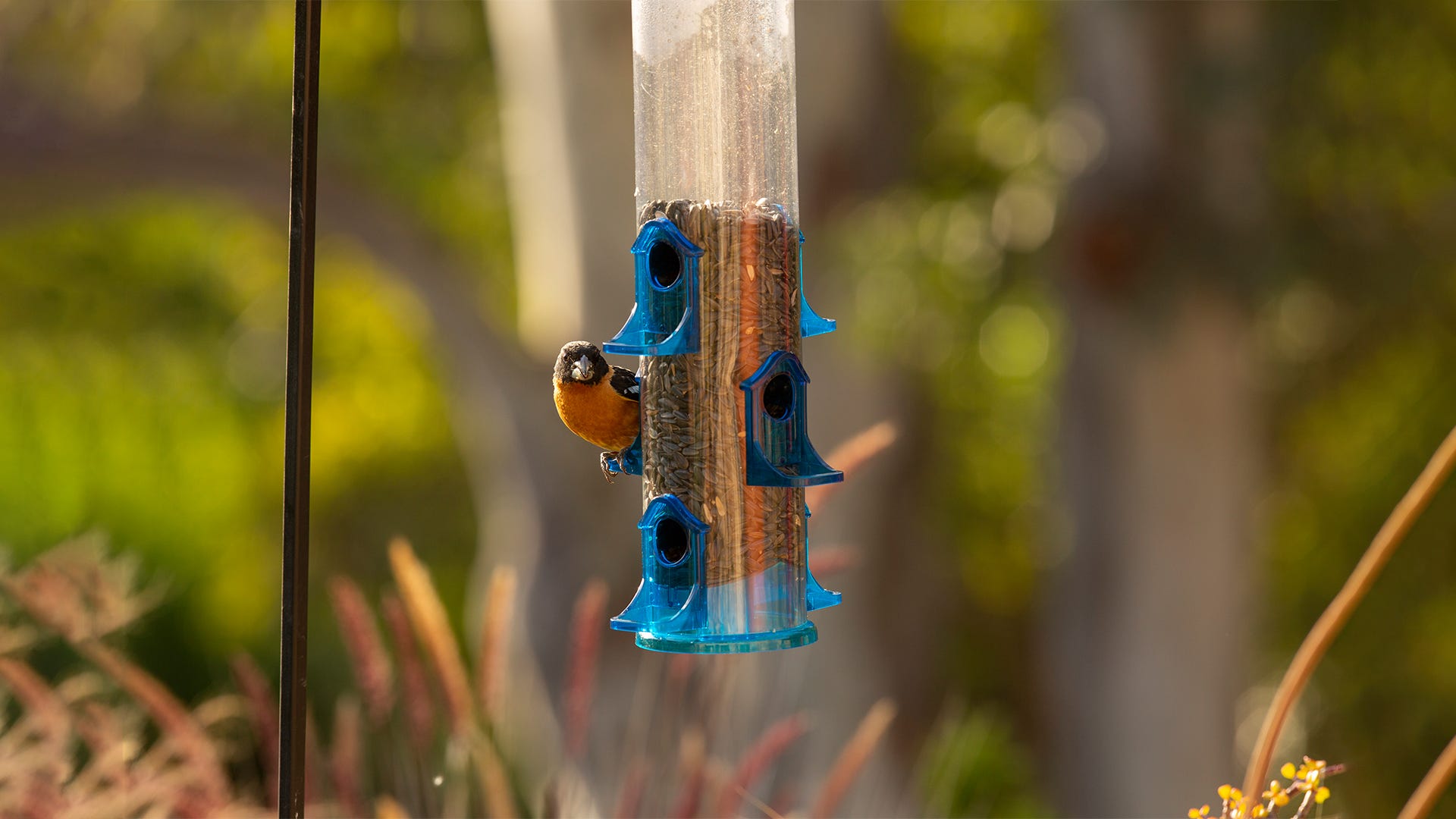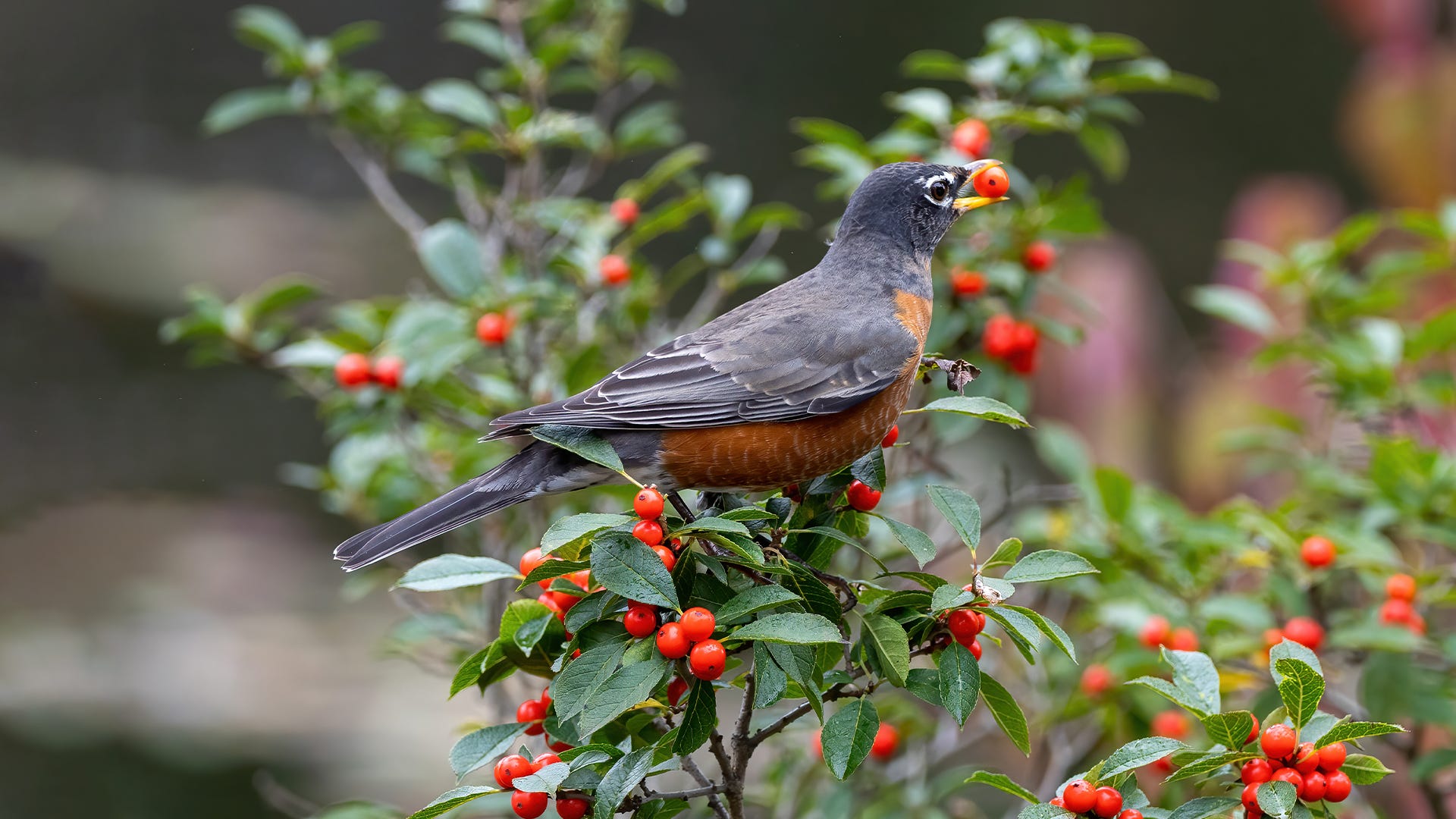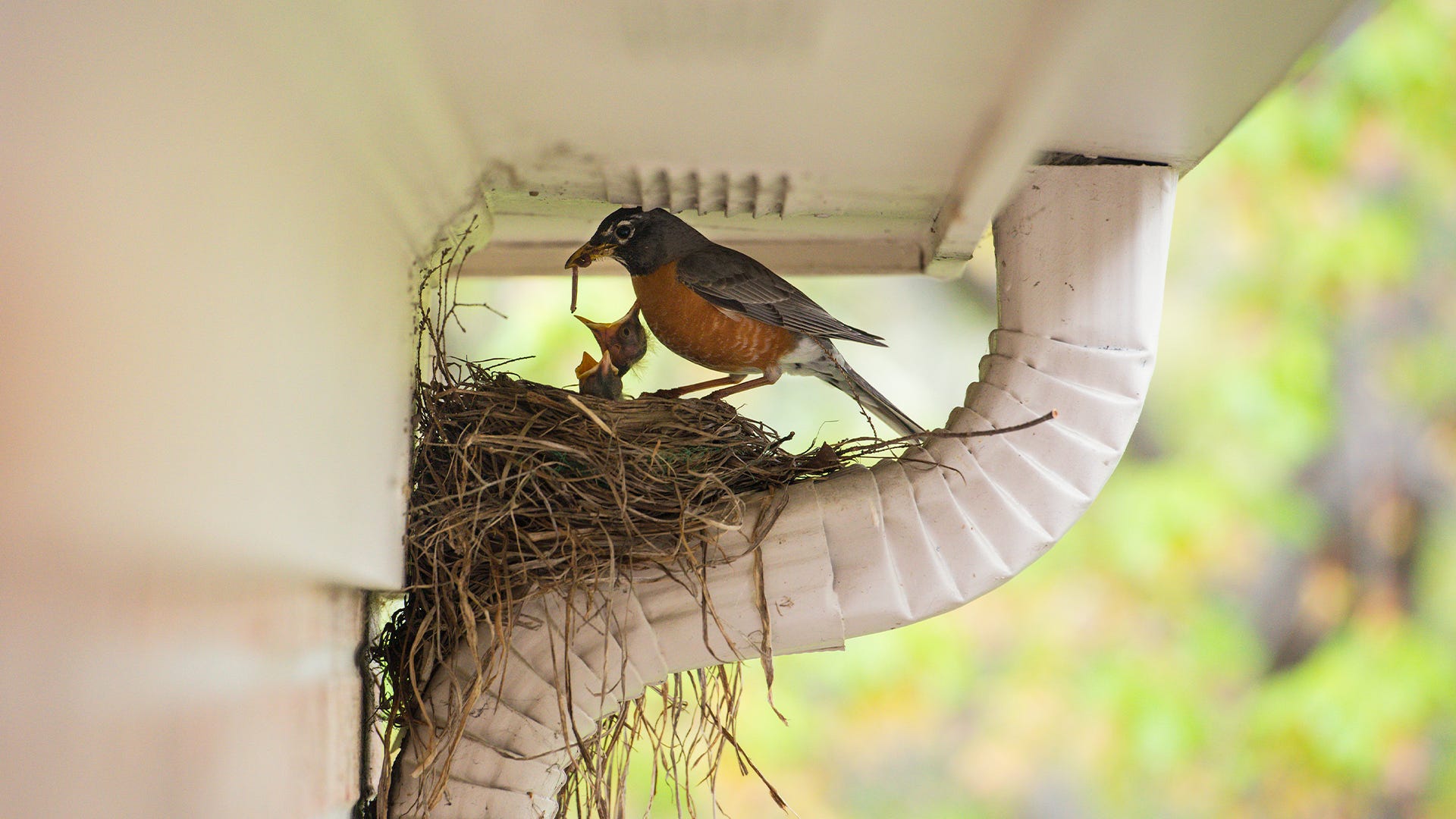
It’s that time of year again. Birds are having their chicks. And where there are chicks, there are nests.
Programs like the Habitat Network and the National Wildlife Federation's Certified Wildlife Habitat emphasize the importance of offering water as part of your birdscaping plan, but what if you're just getting started? What should you know first? Take a look at these tips and tricks to get your bird bath started off right:
From the wide assortment of nests they build, to perhaps an even wider assortment of places where they build them, birds are exceptionally talented and resourceful. They’ll find nooks, crevices, vents, pipes, chimneys, sills, flowerpots, and a host of other places you never noticed on or around your home in which to build their nurseries. And you might think about getting rid of one because it’s messy or it’s in an inconvenient spot.
But be warned…
What you’re contemplating is likely against the law.
See also: Please Don’t Give Birds These Nesting Materials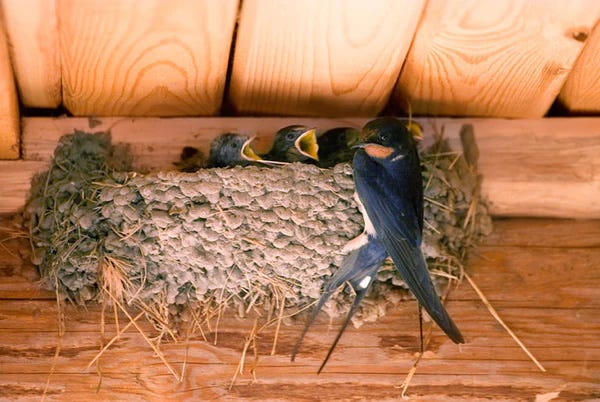
Is it Illegal to Remove a Bird Nest?
There are people who, if asked, would tell you it’s fine to remove a bird nest. The truth, however, is in most situations removing a bird nest is most definitely not fine. In fact, it can be downright illegal to remove a bird nest.
In the U.S. and by virtue of the Migratory Bird Treaty Act of 1918, you can get a hefty fine for interfering with an active nest if it belongs to a native species. The Act does not apply at any time to invasive species like the European starling or house sparrow. So, before making any attempt to move a nest, it’s a smart idea to first identify the bird species to which it belongs.
See also: How to Identify Common Wild Backyard Bird EggsIf the nest is occupied by a brooding adult or has eggs in it, the nest is considered active and should be left alone. As tempting as it is to peer in at the little balls of fluff, any interference is to be strongly discouraged.
There are times, though, when moving an active nest may be in a bird’s best interest. For example, any time the nest is in danger is a time to consider relocating.
A nest built in a rain gutter, a car’s tailpipe or bumper, an active dryer vent, or any piece of equipment like a grill or lawn mower is certainly in danger. Likewise, any place where a brooding parent could become stressed, like over an active doorway, is also not ideal.
But don’t try to remove these nests yourself; it’s still illegal. Your best bet is to call a licensed wild bird rescue and ask them to come assess the situation.
When it’s Okay to Move a Nest
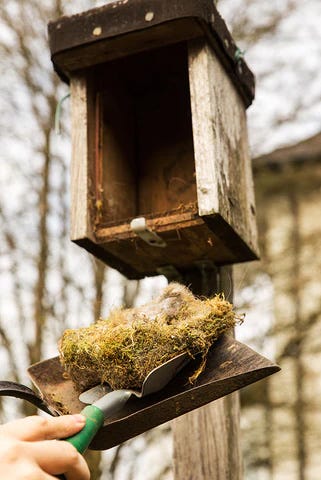
Are there any times when it’s okay for a layperson like you and me to remove a bird nest? Yes, but there are only two:
1. The nest is no longer in use.
Don’t assume that because a nest is empty it’s not being used. Young fledglings often stick around and come back to the nest for several days after first leaving. It’s also possible more than one brood is using the nest. To be safe, wait until the breeding season is over.
2. The nest was built in a birdhouse.
Again, wait until the breeding season is over. A birdhouse can be cleaned out for birds looking for a place to
roost during the cold winter nights or for raising chicks again in the future.
How to Safely Remove a Bird Nest
Depending on what materials were used to build the nest, and where the nest is, the job of removing it may be a difficult one.
Even the most meager toolbox should include a spackle or putty knife. They’re super versatile and, in the case of removing a nest made with mud, can be used to dislodge it from whatever surface it’s attached to and then to scrape off whatever gunk remains.
You’ll definitely want to use gloves when handling a nest. You can never tell what critters are hiding out amidst the twigs and grass, and some parasites and other nastiness could be harmful to humans.
Once you’ve got the nest, dump it in your compost pile or tie it up in a bag for the trash.
Finally, thoroughly clean the spot where the nest was. It’s easiest and most effective to use a spray bottle filled with one-part chlorine bleach to nine parts water. Soak the area and using a scrub brush or thick cloth, remove the remaining dirt and debris. Then rinse the location well.
See also: How to Clean and Winterize Your Bird HouseThe comings and goings of bird parents, the cheep-cheep of hungry little chicks, and the sometime funny antics of fledglings are some of the things that make the spring and summer so enjoyable for birders. Not so enjoyable is the inconvenience and mess of poorly placed nests. But don’t move them. Sometimes, you’ve got to take the good with the bad.






